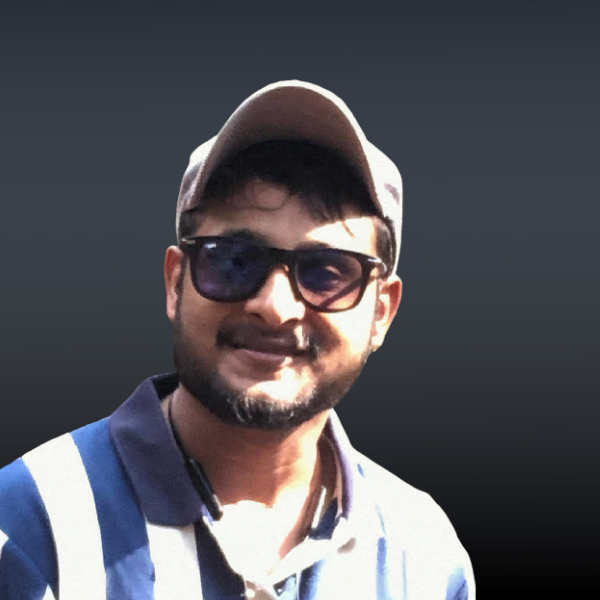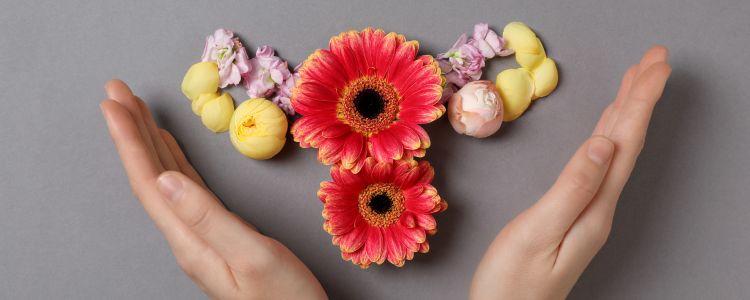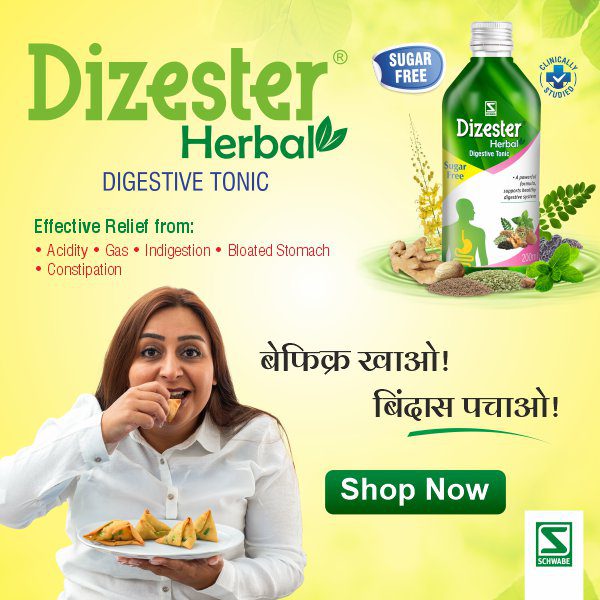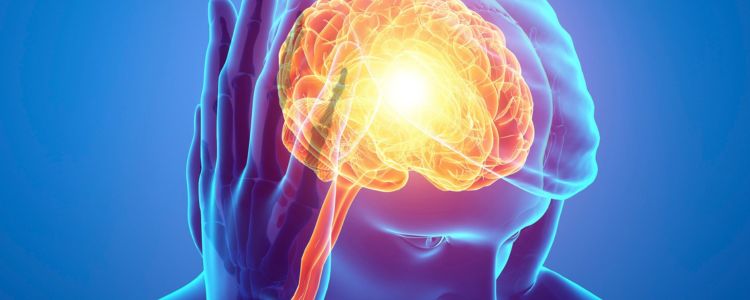
Hypertension 101: What You Need To Know About High Blood Pressure
- Dr Jeetesh Singh
- No Comments
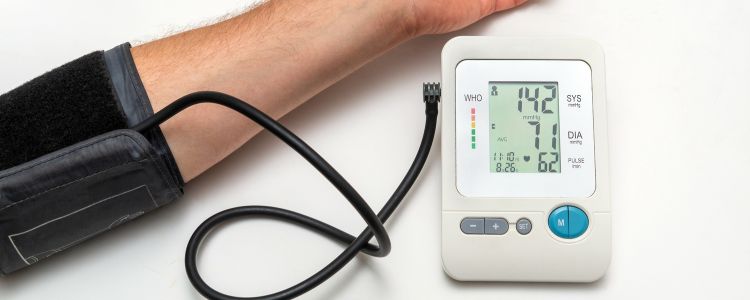
Hypertension, which affects nearly one-third of adults in India, is a rising issue these days. It’s often called the “silent killer” because it quietly strains your heart, kidneys, and blood vessels—usually without any noticeable symptoms. Managing jobs, family, hectic traffic, and daily stress leaves little time for self-care, so it’s not surprising that high blood pressure is so common today. Conventional medicine offers vital solutions, especially in urgent situations. But what if you’re seeking a gentler, holistic approach to your hypertension symptoms that looks beyond just the numbers? What if you want to understand and address the why behind the pressure? That’s where homoeopathy steps in, offering a unique perspective on restoring balance naturally and gently.
Table of Contents
ToggleUnderstanding the Silent Storm: Hypertension Demystified
Imagine your circulatory system as a network of rivers (blood vessels) fed by a powerful pump (your heart). Hypertension, or high blood pressure, means the blood pushing with force against the walls of your arteries is constantly too high. Over time, this relentless pressure can damage the banks, weaken the pump, and disrupt the entire ecosystem. It’s often called the “silent killer” because it frequently progresses without obvious warning signs until significant damage has occurred.
Also Read 5 Signs of Mental Stress & Its Cure
What Fuels the Pressure? Unpacking High Blood Pressure Causes
The reasons behind hypertension are rarely simple. It’s usually a perfect storm of factors:
- Genetics: A family history significantly increases your risk. If parents or grandparents had it, vigilance is key.
- Lifestyle Choices: This is where we have the most control:
- Diet: Excessive salt (think pickles, papads, processed foods, restaurant meals), saturated fats (common in fried snacks and sweets), and low potassium intake (missing out on bananas, oranges, coconut water, leafy greens).
- Sedentary Habits: Our increasingly desk-bound lives reduce the natural elasticity of blood vessels.
- Stress: Chronic stress – work pressure, financial worries, relationship strains – keeps stress hormones like cortisol elevated, constricting blood vessels.
- Weight: Carrying excess weight, especially around your abdomen, puts a strain on the heart, forcing it to work more.
- Tobacco & Alcohol: Smoking damages artery walls instantly, while excessive alcohol intake can raise blood pressure long-term.
- Underlying Conditions: Kidney disease, thyroid disorders, and sleep apnea can also contribute. Understanding the causes of high blood pressure is the first step towards effective management. Identifying your triggers among these high blood pressure causes is crucial. And remember, sometimes the exact cause of high blood pressure remains elusive, making a holistic approach even more valuable.
Listening to the Whispers: Recognising Hypertension Symptoms
Early symptoms of hypertension are notoriously subtle or absent. This is why regular check-ups are essential, even if you feel fine. However, some individuals might experience:
- Persistent Headaches: Often described as pounding, especially at the back of the head, sometimes worse in the morning.
- Dizziness or Lightheadedness: Feeling unsteady, particularly when standing up quickly.
- Shortness of Breath: Finding it harder to catch your breath during activities you used to manage easily.
- Visual Disturbances: Occasional blurred vision.
- Chest Discomfort: A feeling of tightness or pressure (This warrants immediate medical attention).
- Unexplained Fatigue: Feeling unusually tired despite adequate rest.
- Nosebleeds: More frequent than usual (though not the most common sign).
Don’t ignore these potential signs of hypertension. They are your body’s signals. Being aware of hypertension symptoms empowers you to seek timely advice. If you experience severe chest pain, sudden headache, difficulty speaking, or weakness on one side, seek emergency care immediately.
Why Consider Homoeopathy? A Holistic Philosophy
Homoeopathy approaches health differently. It doesn’t view hypertension as an isolated malfunction to be suppressed but as a sign of a deeper, systemic imbalance affecting your physical, mental, and emotional well-being. The focus shifts from just lowering the number on the sphygmomanometer to understanding why your system is under such pressure in the first place.
The core principle is individualisation. Two people with identical blood pressure readings might receive completely different homoeopathic remedies. Why? Because homoeopathy considers the totality of your symptoms and your unique constitution:
- How do you experience stress? Do you get anxious and restless or withdrawn and quiet?
- What are your energy patterns like? Do you crash in the afternoon? How is your sleep quality?
- What are your specific physical sensations? Where do you feel tension? What makes your symptoms better or worse?
- Your overall health history and family tendencies.
This detailed picture allows a qualified homoeopathic practitioner to select a remedy that resonates most deeply with your unique state of imbalance. The aim is to gently stimulate your body’s own self-regulatory and healing mechanisms, encouraging a return to natural balance.
The Gentleness Factor: Safety and Suitability
One of the hallmarks of homoeopathy is its safety profile. Homoeopathic medicines are prepared through a specific process of serial dilution and succussion (vigorous shaking), rendering them non-toxic and free from the harsh side effects mostly associated with long-term use of conventional medications. This makes them suitable for individuals of various ages, as well as those managing other health conditions under the guidance of a professional. They are designed to work with your body, not against it.
Homoeopathy in Practice: What to Expect
Consulting a homoeopath for hypertension symptoms involves a comprehensive discussion far beyond just your blood pressure readings. Be prepared to talk about:
- Your Detailed History: Onset of hypertension, previous treatments, family history, past illnesses.
- Your Physical Symptoms: The nature of headaches, dizziness, palpitations, sleep patterns, digestion, and any other bodily sensations.
- Your Mental & Emotional State: How you cope with stress, fears, anxieties, irritability, and mood patterns.
- Your Lifestyle: Diet, exercise habits, work environment, sleep quality, sources of stress.
- What Makes You Unique: Things that aggravate or relieve your symptoms, as well as your general sensitivities.
Based on this holistic assessment, the practitioner will prescribe a single, highly individualised remedy or, occasionally, a carefully selected combination tailored to your specific imbalance. Follow-up consultations are crucial for monitoring progress and adjusting the prescription as needed. Improvement is often gradual and sustained, aiming for better overall well-being alongside healthier blood pressure trends.
Also Read Easy Steps: How to Lead a Stress Free Life
The Essential Partnership: Homoeopathy and Lifestyle
Homoeopathy works best in conjunction with healthy living; it’s not a replacement. For sustainable blood pressure management, embrace these key pillars:
1. Heart-Healthy Indian Diet
Making mindful food choices is key to managing blood pressure. Here’s how you can adopt a heart-healthy Indian diet:
- Reduce sodium (limit pickles, papads, processed foods, eating out)
- Boost potassium (bananas, oranges, coconut water, palak, dahi)
- Choose whole grains (brown rice, roti, oats, millets like jowar/ragi)
- Use healthy fats sparingly (mustard/sarson oil, nuts, seeds)
- Limit harmful fats (such as fried foods and excess ghee or butter) and sugary items.
2. Consistent Movement
Aim for 30 minutes or more of daily activity, including brisk walking, yoga (with Pranayama and gentle poses), swimming, cycling, or dancing.
3. Stress Mastery (Paramount)
Practice Pranayama (Anulom Vilom), meditation, and mindfulness. Prioritise 7-8 hours of sleep, enjoy hobbies, connect with others, and set boundaries.
4. Weight & Habits
Maintain a healthy weight, limit alcohol consumption, and refrain from smoking.
Taking Charge: Your Journey Towards Balanced Well-being
Managing hypertension symptoms is a long-term commitment requiring awareness and proactive choices. If you’re drawn to a holistic approach that addresses underlying causes, homoeopathy offers a gentle path that works in harmony with your body’s natural ability to heal. Crucially, always consult a qualified homoeopathic practitioner. Self-prescribing is inadvisable; a professional assesses your unique needs and prescribes personalised remedies, advising on integration with other treatments. For high-quality, scientifically prepared homoeopathic medicines, Schwabe India offers trusted formulations that adhere to rigorous purity and potency standards. By embracing lifestyle changes and exploring holistic support, such as homoeopathy under guidance, you empower yourself towards lasting cardiovascular well-being and balance.
